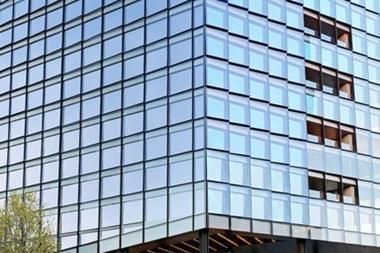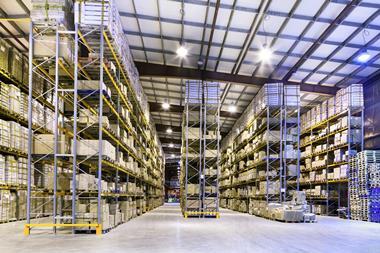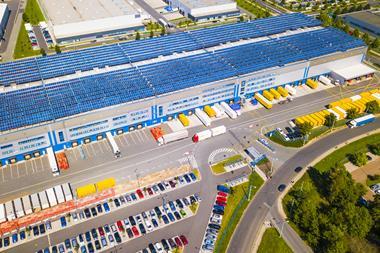The effects of the recession showed signs of easing in the commercial property sector in March, according to Savills.
In March, the property services company found that slightly more than 29% of commercial developers reported a fall in overall activity from a month earlier, against almost 14% that signalled a rise.
The resultant net balance – the total commercial development index – rose to -15.5, from -20.4 in February and March’s total was the highest in around one year.
Commercial development in the private sector declined at a slightly slower rate than public sector activity and the rates of contraction were slower compared to February.
It said that firms in the UK commercial property sector remained on average downbeat about the three-month outlook for activity, although the degree of pessimism was the weakest for thirteen months.
Negative sentiment was broad based across the three main commercial property sectors, with developers in the office market registering the most pessimistic outlook.
Several respondents in the survey noted that tightening credit conditions and fears of a prolonged recession had negatively affected business confidence in March.
However, they said that an increase in new enquiries 'raised hopes that the downturn in activity has passed its worst point'.
Both public and private retail & leisure activity fell for the nineteenth consecutive month in March. However, rates of contraction eased slightly since February.
Industrial and warehouse activity fell markedly in March, albeit at the weakest rate since January 2008.
Lower levels of activity have now been recorded in each of the past eighteen months.
Mat Oakley, head of Savills' commercial research department, said: 'With both activity and confidence levels now back to early 2008 levels, it is clear that the worst of the downturn is over.
'However, risk- averse lenders and concerns about tenant demand will keep development activity levels low for some time.'





























No comments yet